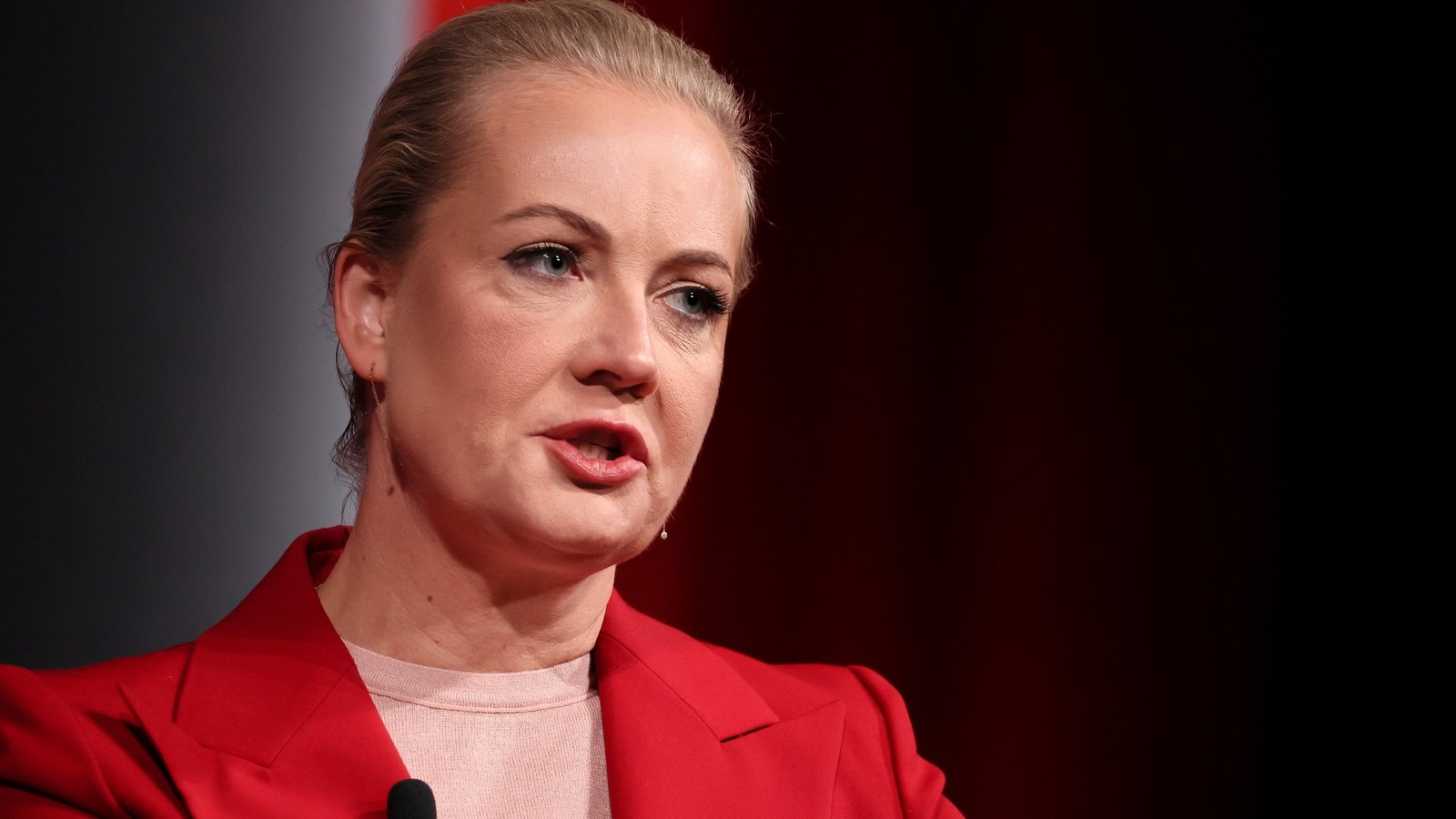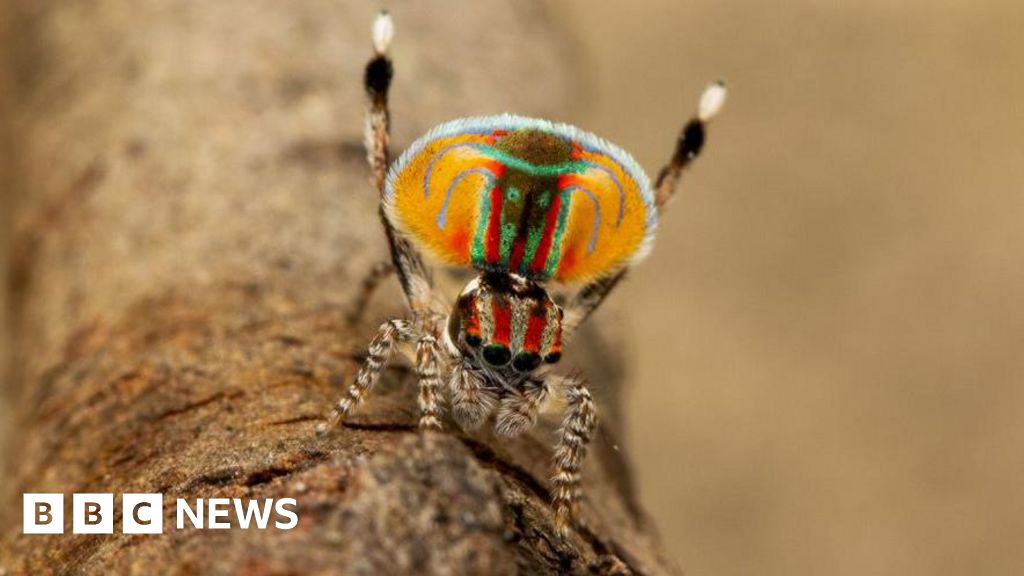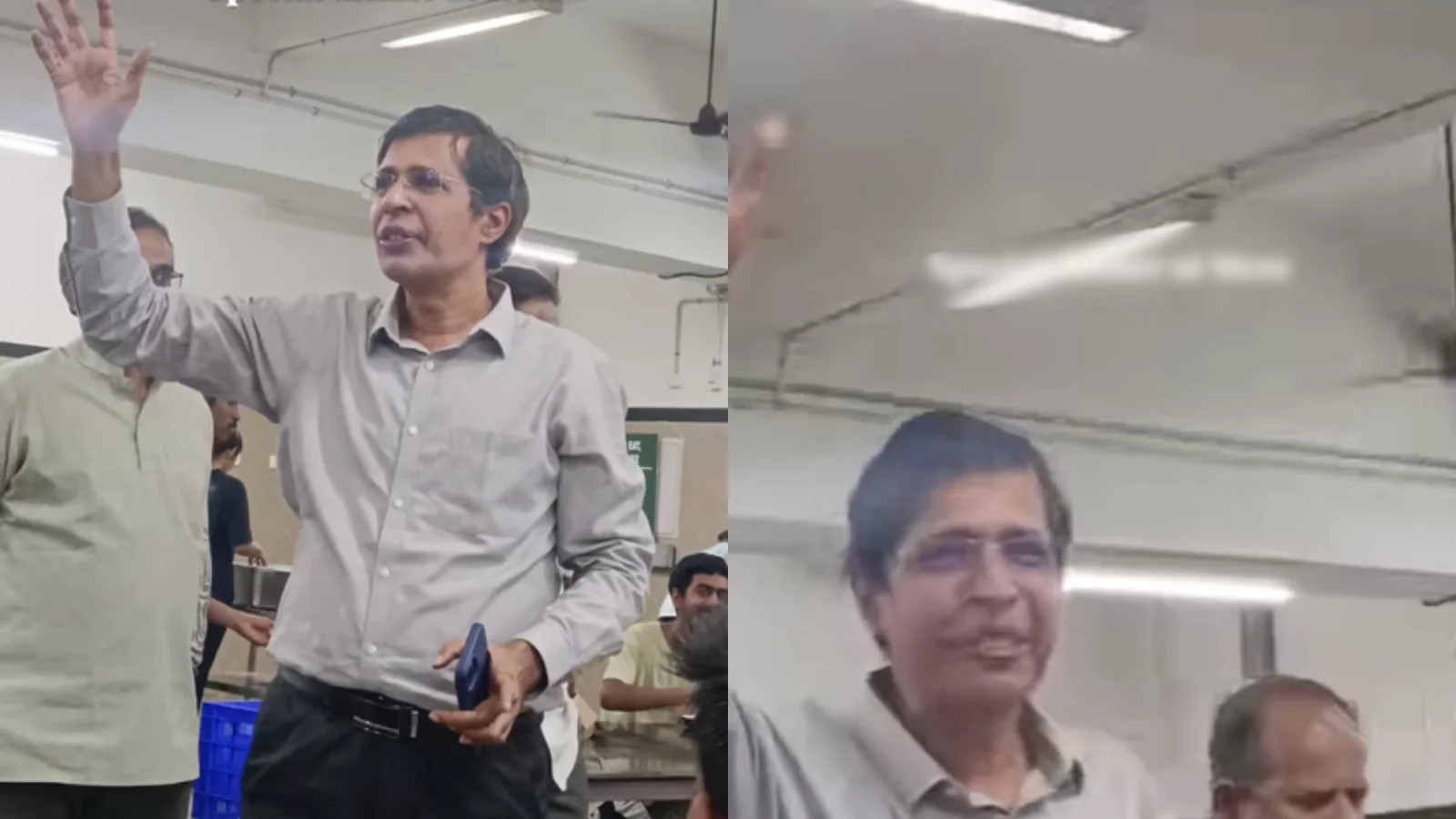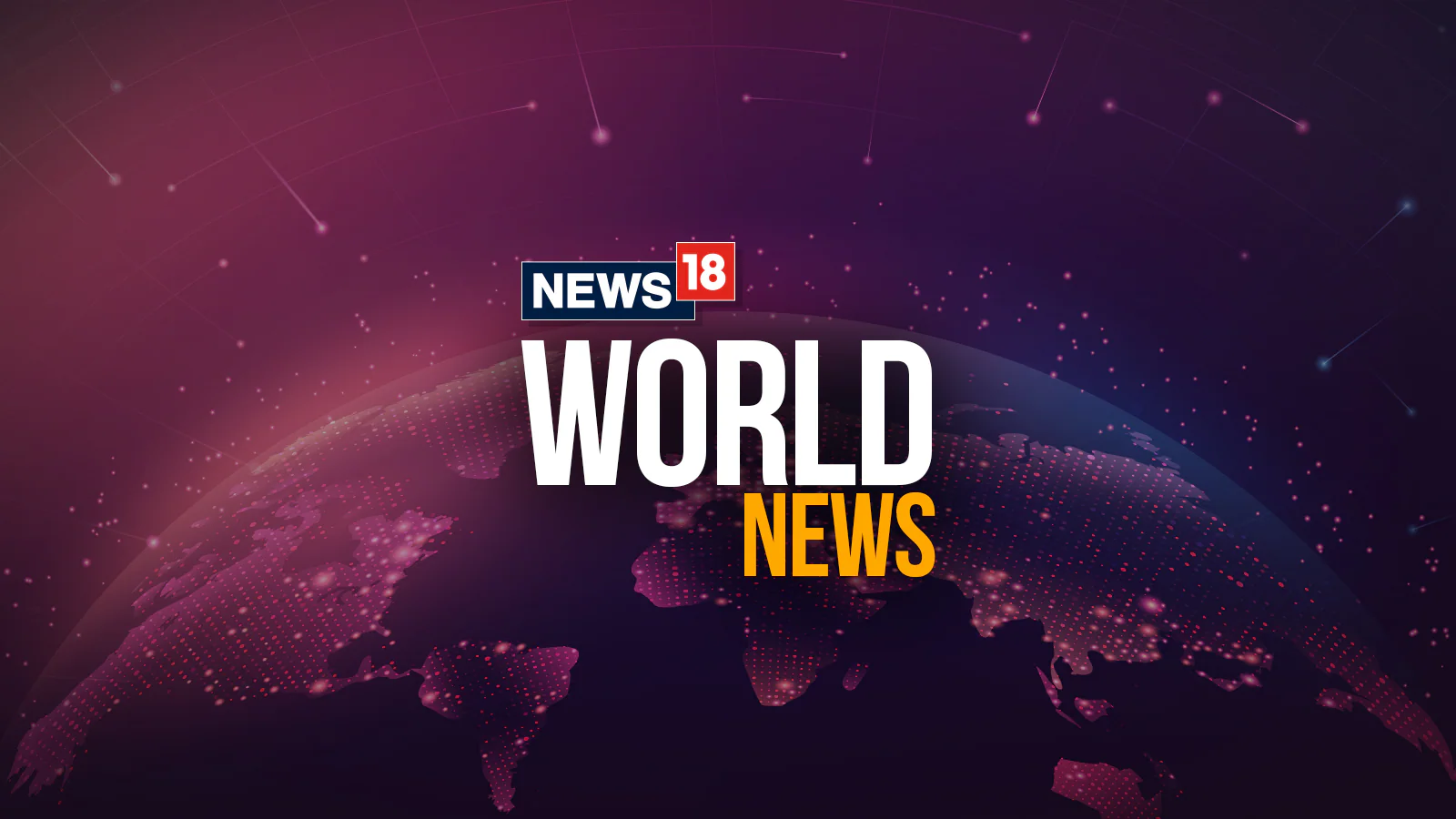By hanad
Copyright jowhar

A Cold Silence: New Claims, Old Wounds and the Question of Truth After Navalny’s Death
The wind off the Arctic carries rumors differently. It strips them down to bones and leaves you with names, dates and the sharp, indelible scent of injustice. On a bitter February morning this year, the Russian opposition lost Alexei Navalny—47, charismatic, relentless—inside a prison camp above the Arctic Circle. Now, months later, his wife Yulia has pushed a sealed envelope of accusation into the public square: two foreign laboratories, she says, tested biological samples taken from him and concluded the same thing the world feared — that he had been poisoned.
“These labs in two different countries reached the same conclusion: Alexei was killed. More specifically, he was poisoned,” Ms Navalnaya said in a video posted online. She demanded that the laboratories publish their findings, calling the results “of public importance” and insisting that “we all deserve to know the truth.”
From the Intensive Care of Global Headlines to an Arctic Cell
Navalny’s story was never meant to align with a tidy ending. The man who once returned to Russia from Germany in 2021 — after being treated for a poisoning widely ascribed by Western labs to a Novichok-type nerve agent — did not bend to exile. He came home, was arrested upon arrival, and was parceled out into a series of convictions that supporters call politically motivated.
Prisons above the Arctic Circle are less known by their names and more by their reputations: remote, bureaucratically dense, and designed to mute the rest of the world’s attention. According to official reports, Navalny fell ill on 16 February 2024 while in what his wife described as a small exercise cell. He crouched on the floor, in pain, she said. He complained of burning in his chest and stomach. He vomited. He was later moved to a punishment cell where the final hours unfolded. A photograph Ms Navalnaya shared showed a small, grey concrete room and a heap on the floor she said was vomit. It is a picture that seems to ask the same question over and over: who gets to call something an accident when the power balance is so unequal?
What the Kremlin and Outside Observers Say
The Kremlin has dismissed the allegation that Russian authorities killed Navalny as nonsense. When asked about Ms Navalnaya’s video, Kremlin spokesman Dmitry Peskov said he could not comment, saying, “I don’t know anything about these statements of hers.” Kremlin rhetoric has long characterized Navalny and his circle as extremists bent on destabilizing Russia with foreign support, a framing that resonates in some corners of the country and is rejected in others.
Not all intelligence pictures are the same. US outlets have reported that some US intelligence agencies found no evidence that President Vladimir Putin ordered Navalny’s death, a finding that has been cited in the The Associated Press and the Wall Street Journal. That leaves space for ambiguity—and for competing narratives to settle like dust on the furniture of geopolitics.
Two Labs, One Conclusion — or Two Claims?
Ms Navalnaya said biological samples were smuggled out of Russia in 2024 and sent to two foreign laboratories for analysis. She did not publicly name the facilities or the specific poison they allegedly discovered. That reticence has hardened the divide between those calling for transparency and those treating the claim with skepticism.
“If these results exist, transparency is non-negotiable,” said Elena Morozova, a Moscow-based human rights lawyer who has worked with political detainees for a decade. “The families, the Russian public, the international community—none of us can be asked to accept silence. We can tolerate grief, but not the absence of facts.”
Other voices are cautious. “Scientific tests need chains of custody, peer review, accessible data,” said Dr. Antonio Rinaldi, a toxicologist at a European university not involved in any such testing. “Without knowing how the samples were handled and what methods were used, it’s impossible to weigh the evidence properly.”
People on the Ground: Grief, Memory and a Country Divided
In a coffee shop in central Moscow, a teacher named Sergey folded his hands around a steaming cup and looked at a photograph of Navalny pinned to his phone. “He made people feel like they were not alone,” Sergey said. “There’s fear, yes. But there is also this unbearable need to know what happened.”
In a northern port city where the winter light is a thin, melancholic thing, a retired miner named Lidia recited fragments of Navalny’s speeches as if they were prayers. “He called out those who stole from us,” she said. “Whether he was poisoned or died of illness, someone should be held to account. This is how small towns die quietly—without truth.”
Statistical Shadows
Numbers are blunt instruments, but they frame reality. Since 2021, tens of thousands of people have been detained in Russia in anti-government protests, according to monitoring groups. The scale of prosecutions for “extremism,” “treason,” or other politically charged charges has increased, according to rights organizations that track the trend. The net effect has been a thinning of public space and a thickening of suspicion.
Beyond the Headlines: Why This Matters Globally
Navalny’s death and the cloud of questions around it are not just a Russian domestic tragedy; they ripple outward. They touch on the integrity of scientific analysis in politically charged situations, the responsibility of governments to ensure transparent investigations, and the moral obligations of international actors who may possess relevant information.
“When politics encroaches on medicine and forensic science, trust collapses,” said Dr. Rinaldi. “We have to protect the independence of labs and ensure results are open to scrutiny. The stakes here are not just one man’s life—they are the credibility of systems that are meant to uncover truth.”
What Comes Next?
Ms Navalnaya has called for publication of the laboratories’ findings. The Kremlin has said nothing definitive. International observers and human rights groups have renewed calls for an independent inquiry. The families and friends of the detained continue to send letters, hang photographs at vigils, and whisper into the ears of a world that sometimes listens and sometimes looks away.
So, what should the global community do with this? Demand transparency, yes. Press for independent, multi-jurisdictional review of any biological samples and keep scientific inquiry untethered from geopolitical wants. Hold forums where evidence can be presented with safeguards for chain-of-custody and peer review. Protect whistleblowers and journalists who chase uncomfortable truths.
And ask ourselves: when a political system becomes so brittle that even the death of a single, prominent dissenting voice fractures public trust, what does that say about governance, legitimacy, and the social contract? Who benefits from confusion? Who is diminished by silence?
A Quiet Room with a Loud Question
At the end of the day, the picture Ms Navalnaya released—a small cell, a stain on the floor—will likely be remembered as a raw symbol. It begs a simple question that refuses to be simple: how do we collectively ensure that truth is not a luxury but a right? As the Arctic winter slides into spring, the world watches for answers. The labs, if they exist and if they have evidence, have an obligation. The rest of us have a responsibility to keep asking until the silence is either explained or broken.
What would justice look like in a case like this, and how willing are we—individually and as nations—to demand it? The answer will shape a great deal more than the fate of one man’s legacy.



